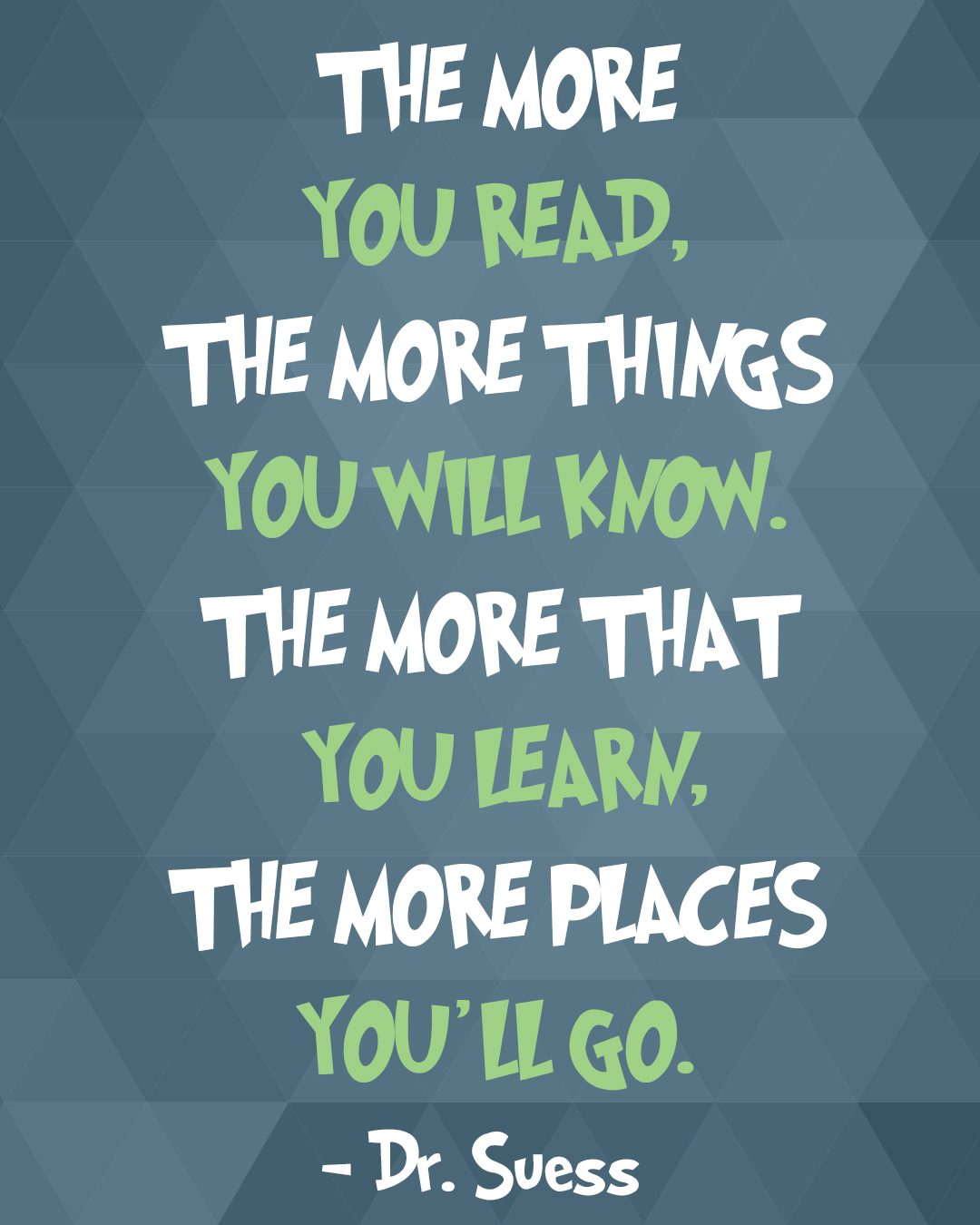Tips for Parents of Struggling Readers
Posted by Brainspring on 8th Oct 2020
Parents often ask how to help their child when they struggle in reading. Not knowing where to begin and perhaps fearful of saying/doing the wrong things, parents want a script of what to say or do to help their child in the best way. Here are a set of simple rules to follow to help your child become a proficient reader.
Rule #1: Read Together
The most effective way to help students improve their reading is by reading! Set aside a special time during the day or evening to read with your child. Always keep this time positive. Share the load with your child by taking turns reading with them. You select your book, they choose theirs.
- Choosing a “just right” book is important to keep them challenged, but not frustrated. You will quickly be able to tell if a book is too hard. As a guide for picture books, 5 or more words they do not know on a page is a sign to try another book, (or try another book next time if they really want to attempt it). They will breeze through books that are less challenging, however these remain important to read every now and then to build their confidence.
- Play Rock, Paper, Scissors to determine who reads first, and act very excited at the entire process. By making the lead-up fun and engaging, you will encourage your child to participate. If they choose the same book for the 45th time…take a deep breath and read it again. There are so many different ways to enjoy a book, the same text can be entertaining again and again.
- Take turns reading pages. You read the first one, they read the second, etc. If your child cannot read the entire page, point to words they know through repetition. Give lots of praise when they succeed.
- Use different voices for characters when reading the book (where applicable).
- Ask comprehension questions such as:
- How would this book be different if _______________?
- Who was your favorite character and why? Which part did you like best?
- If you could change the ending, how would you?
- Let’s give this book a different title, what do you think you might call it?
Rule #2: Read More
Make reading a large part of your day. Encourage your child to retell stories they have read or ask your child to create their own stories. Place word signs on everyday objects around the house so your child is surrounded by text. Ask them to read those signs throughout the day and ask about different letter names or sounds within the word (which word is that? [stove] Which sound do you think that word starts with? How does it end?). Model reading for your child. Ensure your child sees you reading often during the day (newspapers, magazines, books). Make reading part of everything you do as an adult. Point out words on the road as you drive, ask your child to read labels and signs at the store. Always rejoice and encourage your child’s accomplishments. Positivity is key to learning any new skill!
child. Ensure your child sees you reading often during the day (newspapers, magazines, books). Make reading part of everything you do as an adult. Point out words on the road as you drive, ask your child to read labels and signs at the store. Always rejoice and encourage your child’s accomplishments. Positivity is key to learning any new skill!
Rule #3: Correct Errors Correctly
Although your child will make occasional errors, it is important to approach corrections in a manner which will foster confidence, positivity, and learning. When and if your child makes an error, gently stop them as soon as the mistake is made. Draw your child’s attention to the error and ask them to look at the word a little closer. Ensure them the word can be tricky and remind them to use decoding tools to discover the word. Ask your child to reread the sentence to further practice these skills. Some simple error corrections:
- What is the first sound in that word? Let’s look at that first letter(s).
- We can sound this word out, let’s say the sounds of each letter and then read the word.
- This word is very tricky because it doesn’t sound like it is spelled. Let’s arm tap and then read the word.*
- Does that word make sense in this sentence? Let’s go back and try to sound it out.
- What does this picture show? (If applicable)
- Great job reading that word! Let’s reread that sentence from the beginning.
*When you encounter a sight word (also known as Red Words), only use the arm tapping technique when they’ve previously learned the word they’re trying to read. If they haven’t learned it yet, go ahead and tell them what the word is. We recommend keeping a list of known Sight/Red Words to keep track and as a visual reference to their accomplishments! Click here for our guide on Armtapping Steps for Parents.
Advanced fluency builders:
- Pre-read the book you will be sharing with your child and choose 3-5 words to share before reading. Discuss the words for reading and their definitions. Ask your child to give you a “thumbs up” when you encounter the word.
- Keep a sticker chart to mark the books you and your child have read. Set a clear goal/reward when the chart is filled.
- Ask questions which begin with the 5 w’s and the h (who, what, when, where, why, and how) for deeper thinking and understanding of the text.
- Practice phonological awareness often during the day. Ask your child to “Guess my word” by giving individual beginning, middle, and end sounds (/m/, /o/, /p/). Practice rhyming skills with silly words (nursery rhymes are an extremely valuable resource to practice rhyming, rhythm, and build vocabulary). Check out our video on quick phonological awareness activities you can do with your kid(s) anywhere.
- Teach your child to help themselves. Model problem-solving skills all day long and encourage your child to think about their own solutions.
The ability to read will impact your child’s entire life. Putting the effort into creating a proficient reader will allow your child to succeed in life.
Written by Ingrid Hartig.
Ingrid is a Master Instructor with Brainspring’s Educator Academy.
Brainspring has proudly supported the educational community for more than 25 years.
Our Educator Academy provides educators in grades K-12 with comprehensive MSL Professional Development courses. Learn more about our in-person and online professional development.
The Learning Centers support students through one-on-one, multisensory tutoring sessions. Learn more about our in-person tutoring (available in Southeast Michigan) and nationwide online tutoring.


